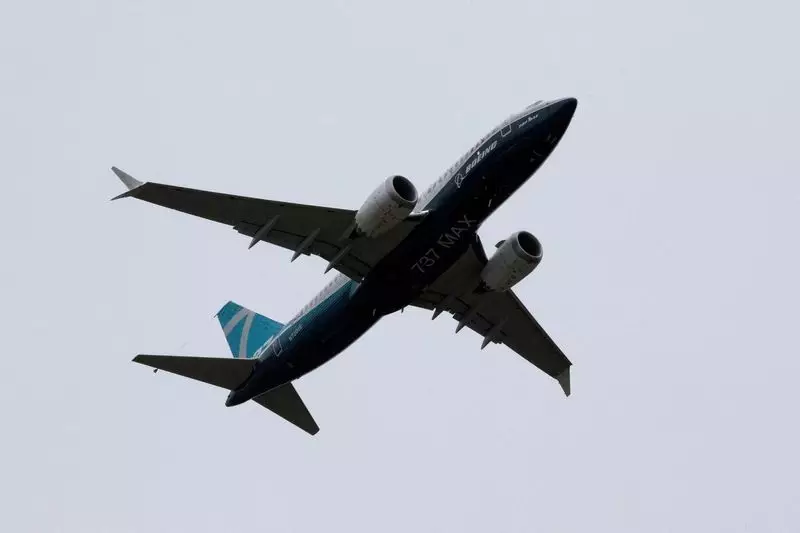In recent weeks, the Federal Aviation Administration (FAA) has announced plans to form a review board due to escalating safety concerns surrounding the engines of Boeing’s 737 MAX airplanes. This decision follows two bird strike incidents involving Southwest Airlines flights in 2023, which led to significant concerns over cockpit smoke alerts during operation. As the aviation industry grapples with these issues, the implications for Boeing and worldwide airline safety remain profound.
The FAA’s new initiative is indicative of the collaborative approach mandated for addressing potential safety risks. Not only is the FAA working closely with Boeing, but it is also teaming up with CFM International, the company behind the LEAP-1B engine, and the European Union Aviation Safety Agency (EASA). This cross-organization endeavor aims to ensure that a thorough evaluation of the reported issues is conducted, fostering a united front in tackling engine-related challenges that can impact both aircraft safety and operational efficiency.
Incidents Prompting Action
The incidents in question have triggered alarms within the aviation community. The smoke in the cockpit of Southwest Airlines aircraft, following bird strikes, has necessitated an urgent reassessment of standard operating procedures, especially during critical phases of flight like takeoff. The Seattle Times reported that the FAA might issue new guidance to pilots as a stopgap until a more permanent solution is developed. Given that smoke in the cockpit, while rare, poses serious risks, the FAA is taking a cautious yet necessary approach to mitigate any further occurrences.
Communication Within the Industry
Southwest Airlines has actively communicated with its flight crews, emphasizing adherence to established safety protocols amidst these engine concerns. The airline’s proactive stance includes collaboration with manufacturers and regulatory authorities to identify long-term fixes. This coordinated response is crucial in maintaining public trust and ensuring that safety measures are reinforced continuously within the airline industry.
Boeing’s challenges extend beyond immediate safety concerns, as delays in the certification of the 737 MAX 7 and MAX 10 models loom large. The company faces scrutiny for an engine anti-ice system that has raised alarms regarding potential overheating and subsequent engine failures. As Boeing works through these technical difficulties, it is critical that they do so without compromising the rigorous safety standards that ensure passenger and crew safety.
The Road Ahead
Going forward, the aviation industry must remain vigilant and adaptable. The ongoing investigation by the FAA and associated entities is a step toward affirming passenger safety and confidence in commercial air travel. While bird strikes are a well-known risk, the incorporation of comprehensive assessments and regulatory oversight will empower Boeing and airlines like Southwest to navigate these challenges effectively, safeguarding their reputations and the future of aviation safety.
How these organizations manage these safety issues will not only influence operational protocols moving forward but will also serve as a vital case study in crisis response and regulatory compliance for the aviation industry as a whole.

